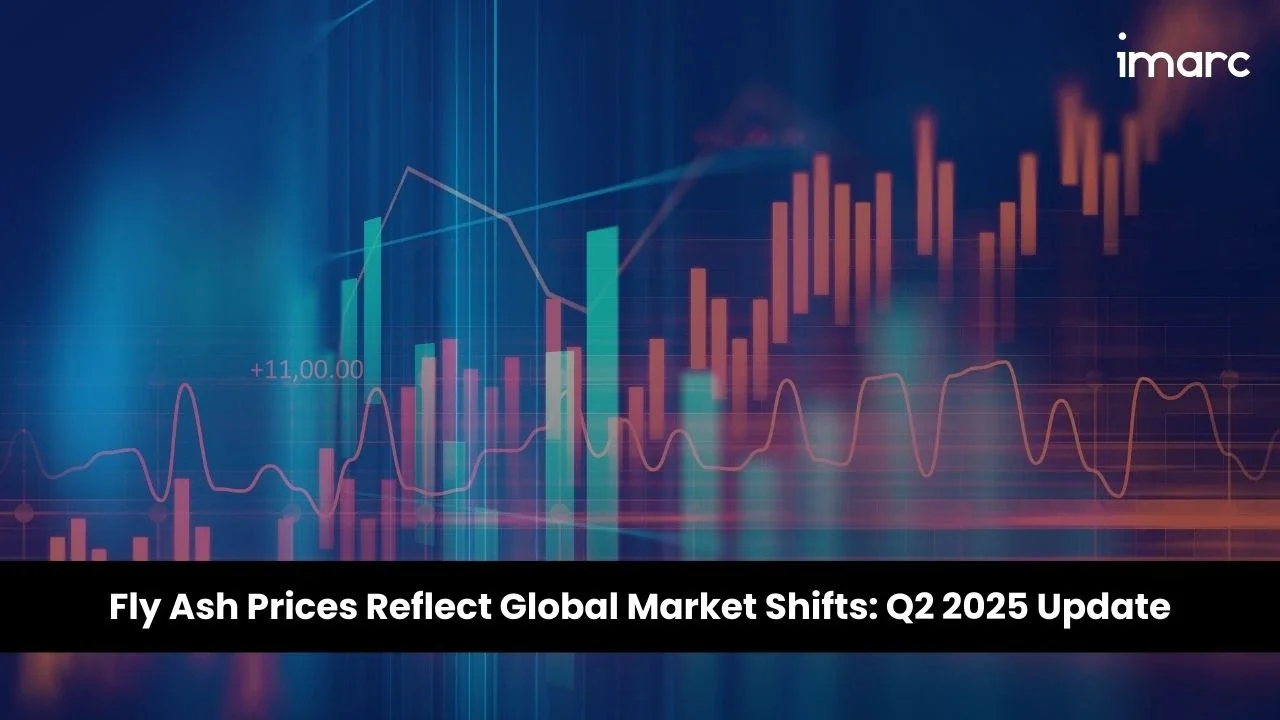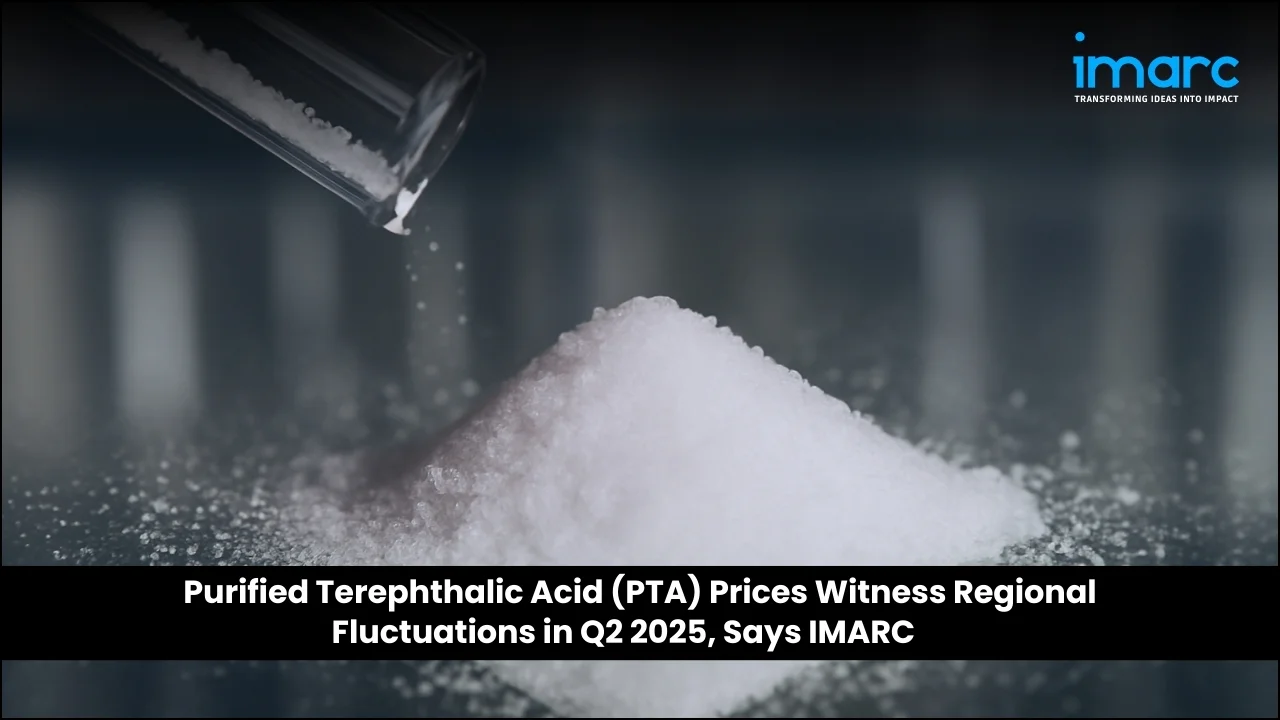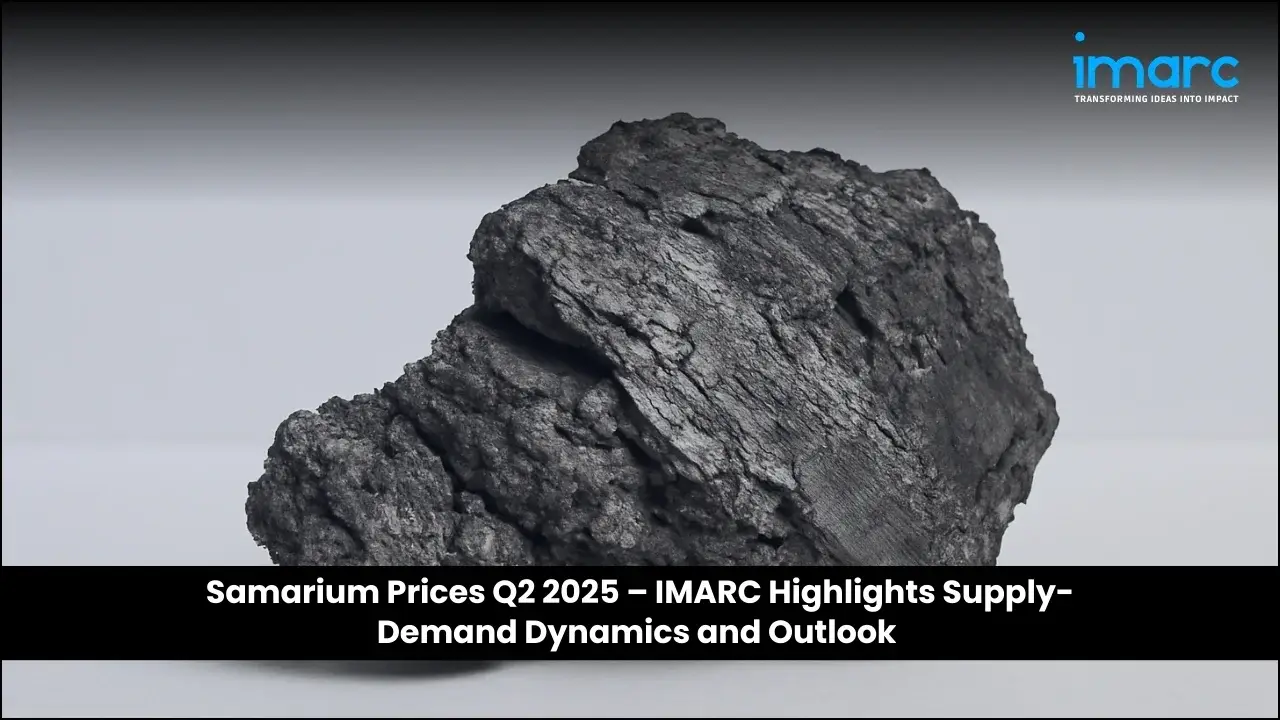Fly Ash Prices Reflect Global Market Shifts: Q2 2025 Update
11-Jul-2025
Amid tightening supply and shifting energy policies, the global fly ash industry is experiencing notable pricing fluctuations, according to IMARC Group’s latest publication. Fly Ash Price Trend, Index and Forecast Data Report 2025 Edition, that provides updated insights for Q2 2025. The report highlights the way the industry is adjusting to reduced coal-fired generation, robust construction demand, and complex logistics constraints. Key markets shaping this trend include North America, Asia Pacific, and Europe, where supply limitations and infrastructure projects continue to influence pricing momentum.
Q2 2025 Fly Ash Prices:
- USA: USD 123/MT
- China: USD 25/MT
- Germany: USD 22/MT
- France: USD 87/MT
- Canada: USD 52/MT
To access real-time prices Request Sample
The current fly ash prices highlight the material’s essential role in high-performance construction and infrastructure sectors, with sustained demand and supply constraints contributing to a stable to upward global price trajectory.
Key Regional Price Trends and Market Drivers:
United States
Prices rose to USD 123/MT driven by steady demand from the ready-mix concrete segment and lower coal plant output. Transportation challenges from rail disputes and corridor congestion added to supply constraints.
China
At USD 25/MT, China’s market reflects restricted supply as coal-fired plants transition to renewables. Construction demand remains firm, while provincial mandates and regional flooding tighten local availability.
Germany
Fly ash settled at USD 22/MT, shaped by declining coal generation and stable demand from the cement industry. Rising emissions standards and limited imports continue to challenge supply channels.
France
The price increased to USD 87/MT amid the ongoing phase-out of coal plants. Consistent demand from infrastructure works and higher compliance costs supported a firm market position.
Canada
Pricing reached USD 52/MT, supported by seasonal construction peaks in major provinces. Wildfires disrupted logistics, and greater reliance on US imports kept supply tight.
Fly Ash Industry Overview:
The global fly ash market reached a value of USD 14.23 Billion in 2024 and is projected to grow to USD 22.84 Billion by 2033, expanding at a CAGR of 5.13% during 2025–2033. The material’s cost-effectiveness and performance-enhancing properties continue to support its widespread use in concrete, road construction, and soil stabilization, helping extend the lifespan of critical infrastructure.
Key drivers include the push for lower CO2 emissions in cement production, robust growth in the construction sector, and the shift toward sustainable building materials. In addition, increasing applications in soil improvement for agriculture, effective acid mine drainage treatment, and expanding use in waste management are strengthening market growth worldwide.
Recent Market Trends and Industry Analysis:
Fly ash remains a cost-effective, performance-boosting additive widely used in concrete production to improve durability and reduce water usage, making it vital for large-scale construction and infrastructure projects. Its ability to enhance concrete’s resistance to scaling, sulfate attack, and alkali-silica reaction supports longer-lasting structures, aligning with stricter sustainability goals.
Beyond construction, fly ash plays an important role in soil stabilization, road base development, and agriculture by improving soil quality and reducing the need for chemical fertilizers. Growing use in treating acid mine drainage and managing waste from coal-fired plants further supports its value as industries seek solutions to lower environmental impact and promote circular economy practices.
Strategic Forecasting and Analysis:
IMARC’s report incorporates forecasting models that project near-term price movements based on evolving trade policies, raw material supply, and technological trends. These tools enable businesses to mitigate risk, enhance sourcing strategies, and support long-term planning.
Key Features of the Report:
- Price Charts and Historical Data
- FOB and CIF Spot Pricing
- Regional Demand-Supply Assessments
- Port-Level Price Analysis
- Sector-Specific Demand and Supply Insights

_11zon-(1).webp)






.webp)




.webp)












